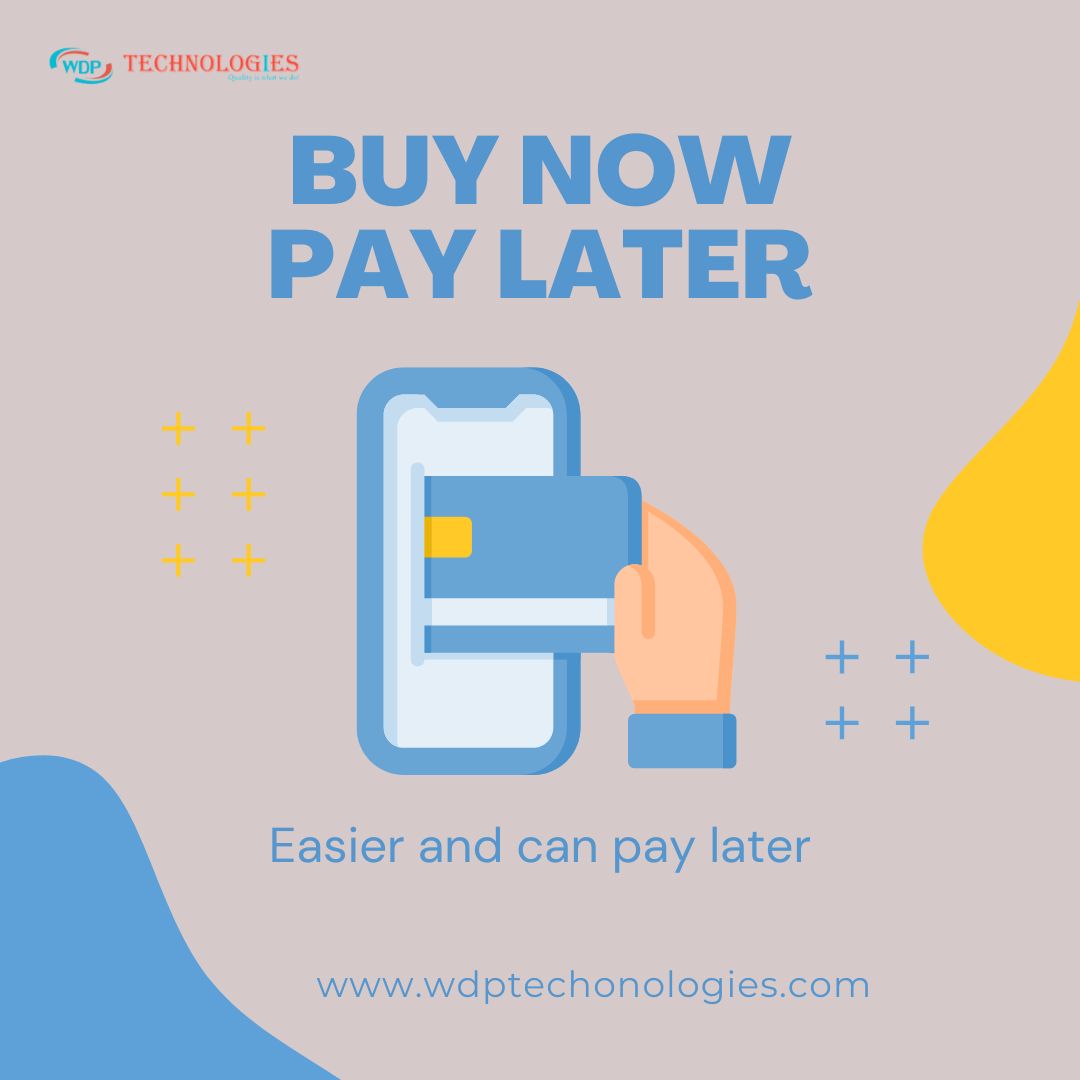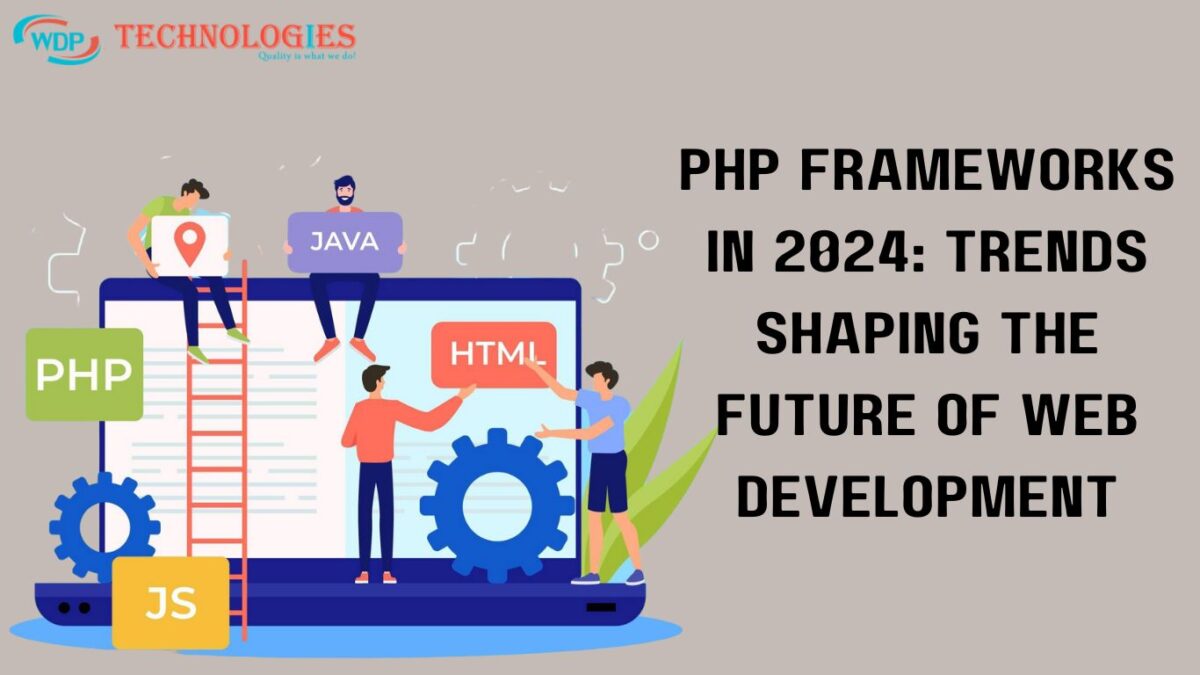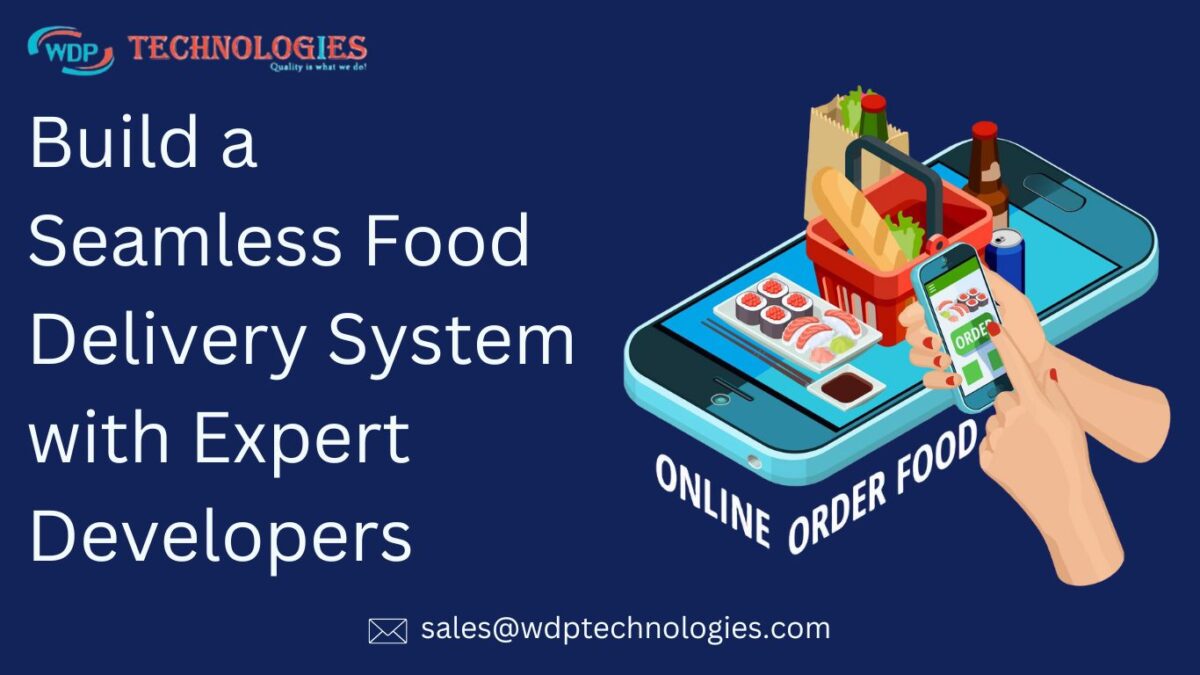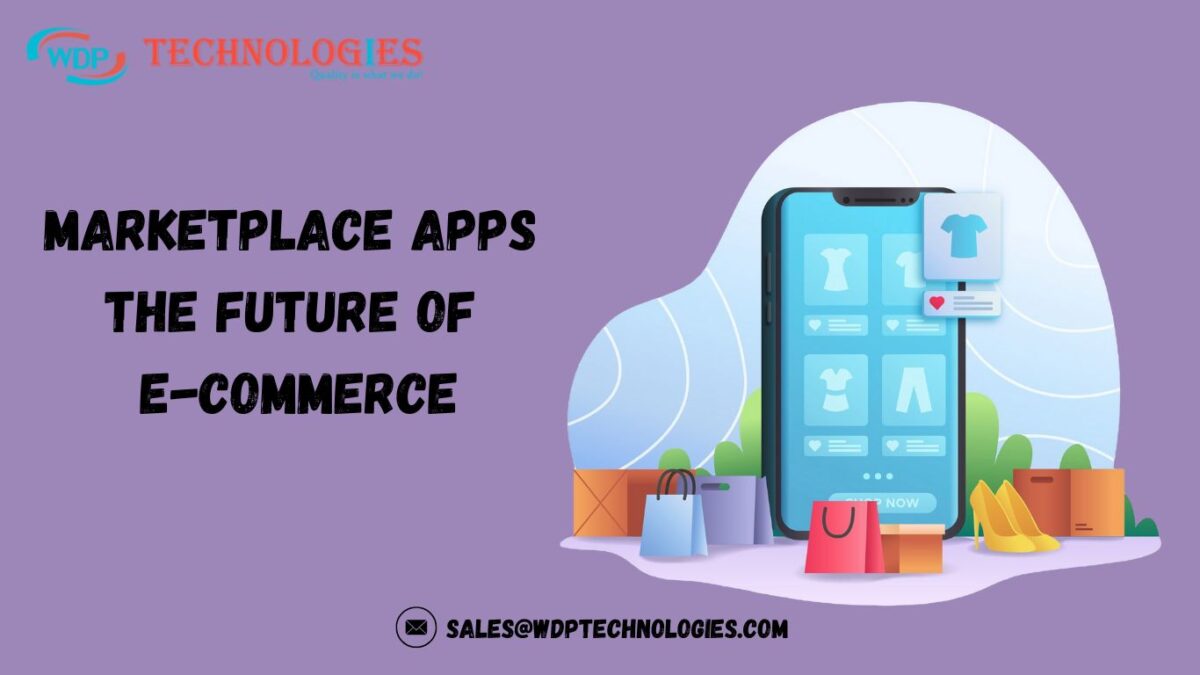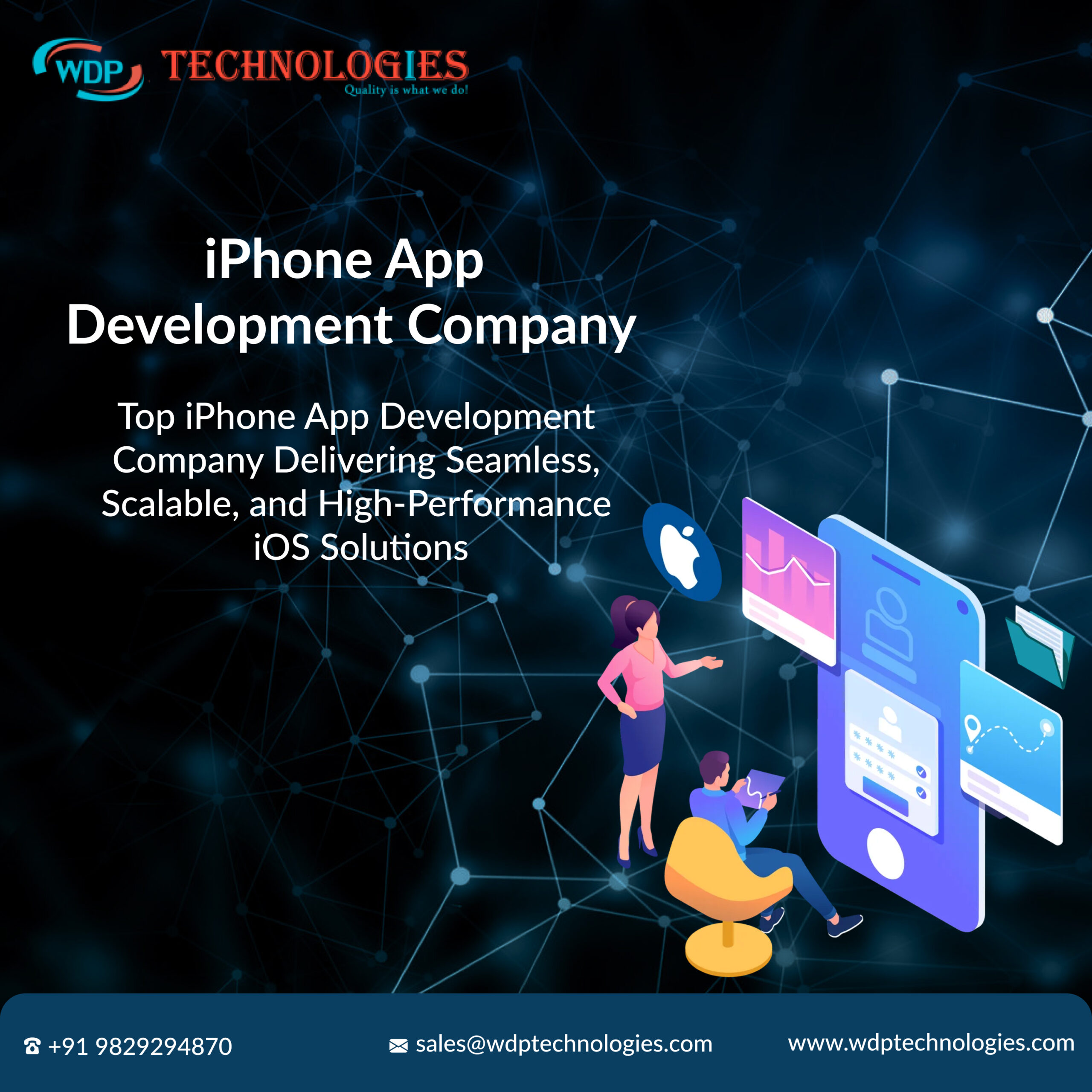Introduction
The Buy Now Pay Later (BNPL) model has gained immense popularity in recent years, offering consumers the flexibility to shop without immediate payment. This model has become a crucial component of many online retailers and financial services, with apps like LazyPay, Afterpay, and Klarna revolutionizing how people make purchases. If you’re looking to build your own Buy Now Pay Later app, here’s everything you need to know to ensure its success.
1. Understanding the Buy Now Pay Later Model
Before you start developing, it’s essential to understand how the BNPL model works:
Consumer Experience: BNPL allows customers to purchase items immediately and pay in installments over time, usually with little to no interest.
Merchant Advantage: Merchants get paid upfront, while the BNPL provider takes on the risk of consumer default.
Repayment Plans: BNPL apps usually offer flexible repayment options—weekly, monthly, or based on custom plans.
2. Key Features of a Buy Now Pay Later App
A successful BNPL app should have these essential features:
User Registration and Profile Management: Secure sign-up and user verification processes. Users should also be able to manage their profile and payment preferences.
Credit Evaluation and Risk Assessment: Integrate credit scoring and risk management features to assess a user’s ability to repay before approving a transaction.
Payment and Installment Plans: Provide options for flexible repayment schedules and payment methods (credit/debit cards, UPI, wallets).
Push Notifications: Notify users about upcoming payments, offers, or installment schedules.
Transaction History: Allow users to view and manage their past transactions and payments.
Security and Fraud Prevention: Implement top-notch security features such as two-factor authentication (2FA) and fraud detection algorithms.
Integration with Merchants: Allow merchants to integrate with the BNPL platform for smooth checkout processes.
3. Choosing the Right Technology Stack
To develop a reliable and secure BNPL app, you need to choose the right technology stack:
Frontend Development: Use frameworks like React Native, Flutter, or Swift (for iOS) and Kotlin (for Android) to create a smooth, user-friendly interface.
Backend Development: Technologies like Node.js, Django, or Ruby on Rails will help you build a robust and scalable backend.
Database: Use secure databases like MySQL, PostgreSQL, or MongoDB to store user and transaction data.
Payment Gateway Integration: Ensure seamless integration with payment providers like Stripe, PayPal, Razorpay, etc., to handle transactions.
Cloud Hosting: Platforms like AWS, Google Cloud, or Microsoft Azure ensure scalability, security, and reliability for your app.
4. User Experience (UX) and Interface Design
User experience is crucial for the success of your BNPL app. Here are key elements to focus on:
Intuitive UI/UX: Make the app user-friendly with an easy registration process and intuitive navigation.
Personalized Recommendations: Use AI to suggest personalized products or merchants based on the user’s shopping behavior.
Simple Checkout Process: Ensure that users can complete purchases with minimal steps.
Visual Payment Plans: Display payment options clearly, with transparent breakdowns of installment plans.
5. Legal and Compliance Considerations
A BNPL app handles sensitive financial transactions, so it’s crucial to comply with legal and financial regulations:
Data Privacy: Ensure that your app follows data protection regulations like GDPR (General Data Protection Regulation) or CCPA (California Consumer Privacy Act).
Financial Regulations: Depending on the region you operate in, your BNPL app must comply with financial service regulations, such as anti-money laundering (AML) and Know Your Customer (KYC) protocols.
Consumer Protection: Clearly define the terms of service, including interest rates (if any), late fees, and repayment terms.
6. Monetization Strategies
While a BNPL app offers flexibility to consumers, it’s important to have a solid monetization plan:
Interest on Repayments: Some BNPL apps charge interest on delayed payments or offer longer-term repayment options with added fees.
Merchant Fees: Charge merchants a fee for offering your BNPL option at checkout.
Late Fees: Apply late payment fees if the user fails to repay on time.
Premium Features: Offer premium subscription plans for users to access special benefits, such as higher credit limits or exclusive deals.
7. Marketing and Customer Acquisition
Once your app is ready, focus on marketing to attract users:
Social Media Advertising: Promote your BNPL app on platforms like Instagram, Facebook, and TikTok, showcasing its convenience.
Referral Programs: Incentivize users to refer your app to friends and family with rewards like discounts or cashback.
Partnerships with Merchants: Collaborate with e-commerce platforms and retail stores to integrate your BNPL solution into their checkout systems.
Influencer Marketing: Partner with influencers to showcase your app’s benefits and reach a larger audience.
8. Testing and Launching
Before launching, thoroughly test the app to ensure it works smoothly:
Functional Testing: Ensure all features work as intended, from user registration to payment processing.
Security Testing: Test the app’s security features, such as data encryption and fraud detection mechanisms.
Performance Testing: Ensure the app can handle heavy traffic, especially during sales or peak shopping times.
9. Post-Launch Support and Updates
Even after launch, continue to improve the app with regular updates and new features:
User Feedback: Collect user feedback to understand their pain points and areas for improvement.
Bug Fixes and Performance Enhancements: Continuously fix bugs and improve the app’s performance.
Feature Updates: Add new features, such as loyalty programs, additional payment options, or AI-based recommendations, to keep users engaged.
Conclusion
Building a Buy Now Pay Later app like LazyPay requires careful planning, a robust technology stack, strong security measures, and continuous user engagement. By focusing on user experience, legal compliance, and a solid monetization strategy, you can create an app that not only meets the needs of consumers but also offers a sustainable business model. With the right execution, your BNPL app can become a game-changer in the financial services industry.
For more information, you can read :- To Build A Buy Now Pay Later App Like LazyPay

